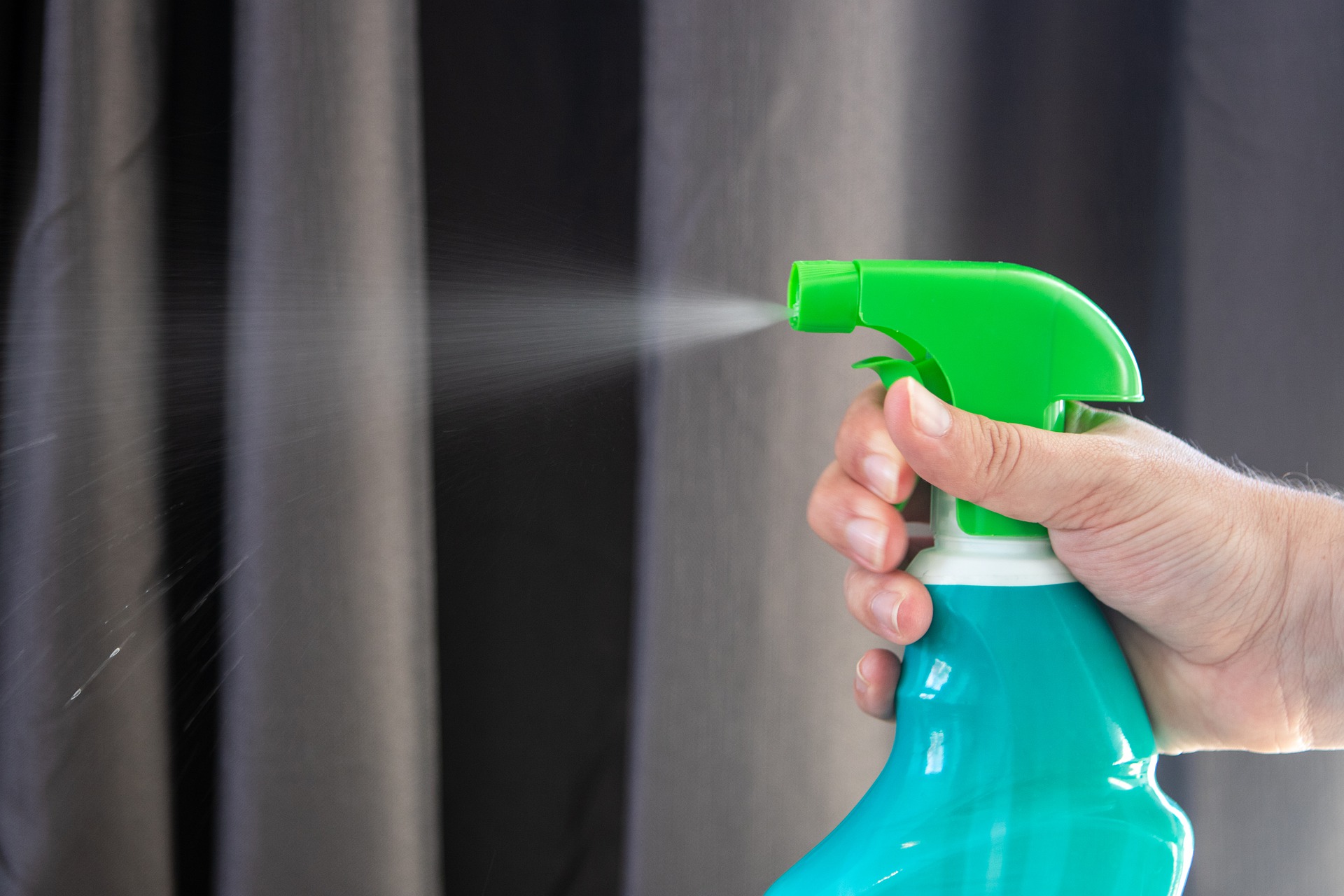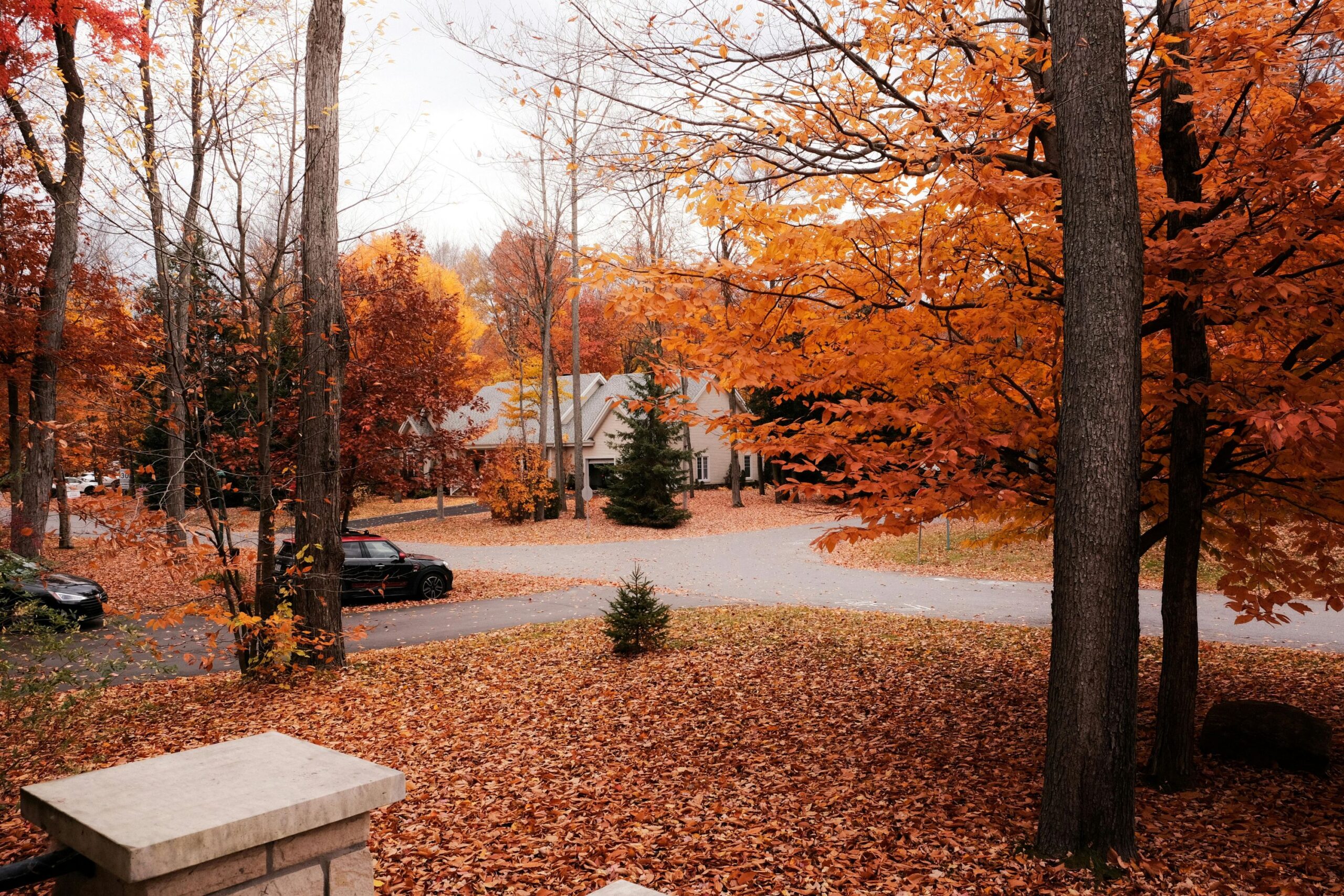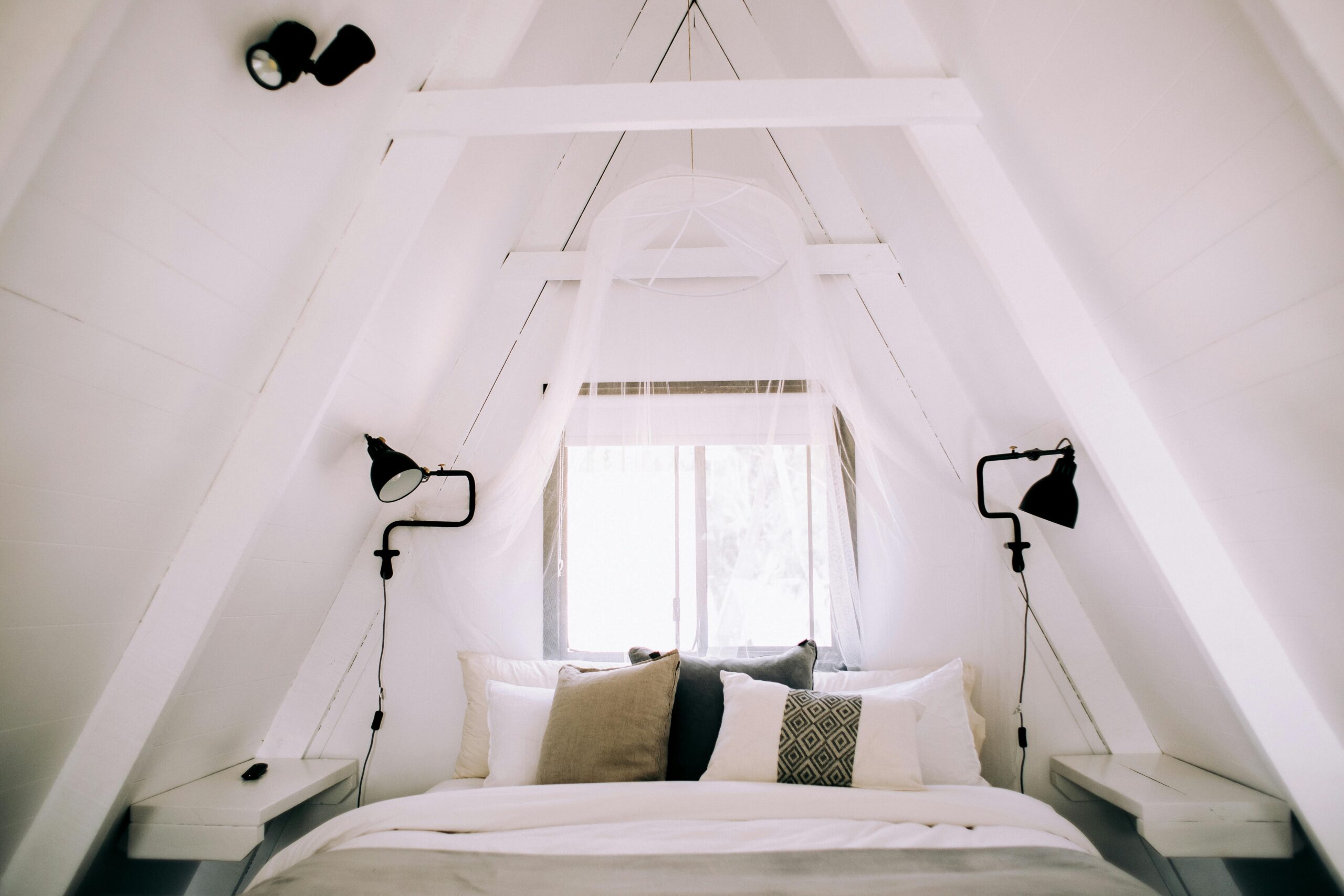Did you know that dry air can affect the respiratory system by taking moisture from nose and throat passages? This makes us more susceptible to colds and flu bugs. Dry air can take moisture from the skin leading to cracked or bleeding knuckles, chapped lips, and skin condition flare-ups. When the air is very dry, static electricity can build up, giving occupants an occasional and surprising shock. Check out these DIY home humidifier tips.
Low humidity is generally considered to be under 25% while normal humidity is considered to be in the range of 25-50%. If your home seems a little too dry some months, you might want to consider buying a humidistat to monitor humidity. These are just like thermometers, but they measure the amount of water in the air. A humidistat can also prevent high humidity levels that can lead to the growth of allergens.
If you have a forced air heating system, it may have a built-in humidifier. A furnace technician can confirm its existence and operability during a pre-winter check-up. These units can also be added as after-market kits. This solution is the easiest and most reliable way to increase the comfort level of your home. Higher humidity levels can also reduce heating bills because the air tends to feel warmer.
The clothes dryer is a source of humidity when the outlet hose is directed to blow the air into the home. This may be practical if your dryer has easy access to the vent hose and moist air can be distributed throughout the house. Simply disconnect the hose from the wall outlet and allow to vent directly into the room. Try to redirect the air away from the dryer, to the ceiling for example, to prevent moist air from collecting behind it or causing damage to drywall.
Vases and pots placed in a sunny spot will produce humidity from the natural evaporation effect of the sun. A porous pot, such as terracotta, will shed more moisture compared to a glazed pot. The vase will need to be filled several times a week as water evaporates. In summer, terracotta pots can be placed in shaded, open windows for free air conditioning. An aquarium or a relaxing water feature would produce the same evaporative effect.
Cool mist humidifiers are fun to watch and, with a few drops of essential oil, they will make your home smell great. They are usually suitable for a single room, such as a bedroom. The mist is generated by an ultrasonic vibrator. If you have a larger space, a large capacity, evaporative humidifier is better. These can humidify a whole house to maintain levels between 30-50%. Depending on the size of your home and the air quality, they may need to be refilled twice a day but they are very effective.
Plants are a wonderful addition to a living space or work environment. Studies have shown that having a plant on your desk can reduce stress levels measurably. They’re also natural conditioners of the air; expelling oxygen to energize and water vapour to humidify the air. When choosing a plant, look for varieties that have a high transpiration rate, or the rate at which they give off moisture. For example, the areca palm is a very common variety and found at almost all home improvement stores. It has one of the highest transpiration rates of all plants. Rubber plants, peace lilies, and spider plants are also excellent choices.
Do you have questions about home humidity systems? Contact us today for information on this and other home technology solutions for better living.





